#15: Make Your Character Need Something
In the very first Jane Austen Writing Lesson, I talked about how a character must want something. This drives the forward movement of the novel.
Yet in addition to wants, characters also have needs.
In the novel Emma, Emma Woodhouse wants to be a matchmaker, and she wants to exert her control on the community. This is her conscious desire.
Yet Emma is coming from a place of loss—she has lost her dear governess to marriage, previously, she lost her mother to death and her older sister to marriage, and now she is alone, with a perpetually-ill father.
What Emma really needs is friendship and connection. Despite being one of the richest members of her community, she desperately needs to feel like she is important and of value.
All characters have conscious wants and needs, things they are actively seeking for. But they also have underlying wants and needs, which are often subconscious. They may not be aware of these needs, but they still drive the character’s behavior.
Gif of Harriet Smith and Emma Woodhouse from the 2020 film Emma.
Early in the novel, Emma befriends Harriet Smith and immediately plans a match for her: to Mr. Elton.
But then Mr. Martin, a farmer, proposes to Harriet.
On the surface level, if Harriet accepts Mr. Martin’s proposal, Emma fails at getting what she wants: her matchmaking will have gone to naught.
But it is not just Emma’s overlying want that is threatened, but also her underlying needs, and we see this play out in the scene in which Emma, very manipulatively, encourages Harriet to refuse Mr. Martin’s proposal. When Harriet begins to come to the conclusion that she should reject Mr. Martin, Emma uses all her rhetorical powers to reinforce it.
At last, with some hesitation, Harriet said—
“Miss Woodhouse, as you will not give me your opinion, I must do as well as I can by myself; and I have now quite determined, and really almost made up my mind—to refuse Mr. Martin. Do you think I am right?”
“Perfectly, perfectly right, my dearest Harriet; you are doing just what you ought. While you were all in suspense I kept my feelings to myself, but now that you are so completely decided I have no hesitation in approving. Dear Harriet, I give myself joy of this. It would have grieved me to lose your acquaintance, which must have been the consequence of your marrying Mr. Martin. While you were in the smallest degree wavering, I said nothing about it, because I would not influence; but it would have been the loss of a friend to me. I could not have visited Mrs. Robert Martin, of Abbey-Mill Farm. Now I am secure of you for ever.”
Harriet had not surmised her own danger, but the idea of it struck her forcibly.
Emma’s need for friendship, connection, and self-importance drive this scene as much as her desire to be matchmaker.
As you construct characters, make sure they want something, but also make sure that they have deeper, underlying needs.
One way to think about character needs is through the lens of psychology. Abraham Maslow wrote about a hierarchy of needs, and any of these intrinsic human needs can be a need for a story character.
Near the bottom of his pyramid are needs for basic survival—food, water, sleep, shelter, safety, and financial security. Further up the pyramid are needs related to love and belonging, whether that’s a sense of connection or friendship, true intimacy or family, or being a true part of community. Then Maslow talks about esteem—this could be respect from others, self-respect and self-esteem, public recognition for one’s accomplishments, or a feeling of strength and wholeness. At the top of the pyramid is self-actualization—becoming one’s fullest self and achieving one’s potential.
Image by Androidmarsexpress, Creative Commons license
Typically, you want to choose one or two overarching needs which drive your character. These needs may conscious or subconscious, or a need may start as subconscious and the character may become aware of it throughout the story.
Other smaller wants and needs may be manifest in individual scenes and interactions with other characters, but if your main character has a core want and a core need, then this will shape the overall arc of the story, both in terms of their external journey and their internal journey.
Exercise 1: Teresa wants to win this year’s chili cook-off. This is her driving want throughout a story. But what does she need? Choose one of the needs from Maslow’s hierarchy. Is she trying to get recognition—and if so, why? Does she need acceptance, friendship, love? Will the prize money help her pay her rent?
Once you have chosen a need, write a short scene—probably 2 or 3 paragraphs—in which both Teresa’s want and need inform her actions, dialogue, and thoughts. This scene could be when she signs up for the chili cook-off, when she’s buying ingredients, as she’s cooking, during the judging—any scene, because both her want and her need should subtly inform her.
(Note: self-actualization is a really difficult need to write, and most of the time, we don’t hit the self-actualization stage unless all of our other needs have been met, so it’s often better to choose a different need for our characters.)
Exercise 2: Choose one of your favorite books or films. What is the main character’s driving want in the story? What is the main character’s driving need in the story? How do the want and the need interact with each other—does the quest for one ever interfere with the quest for the other? Does the want or the need shift over time? If you would like, in the comments share the title of the story, and the character’s want and need.
Exercise 3: Take a scene that you have written and analyze it for character wants and needs. Use one color to highlight lines or phrases that relate to the character’s want(s), and another color to highlight lines or phrases that relate to the character’s need(s). Some lines may be highlighted by both colors. How could you revise the scene with wants and needs in mind?

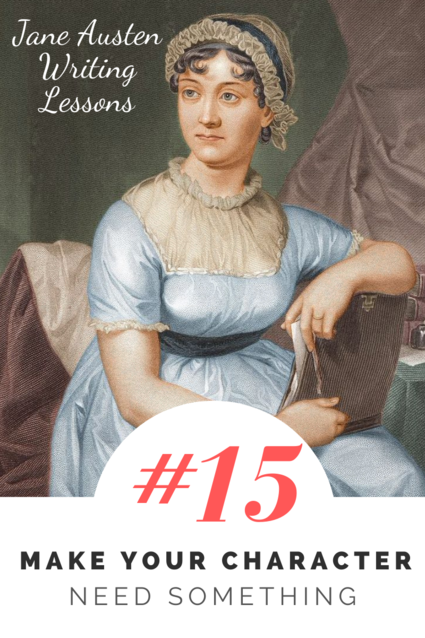
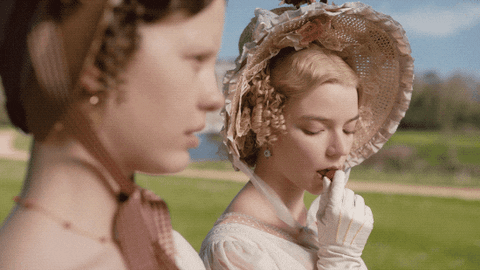
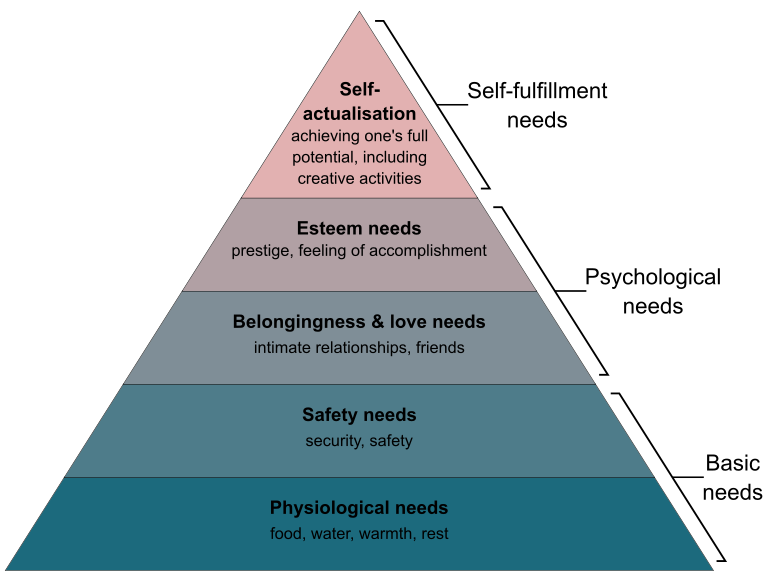

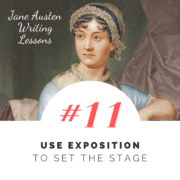
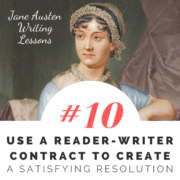
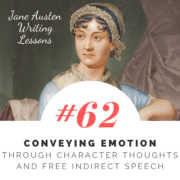
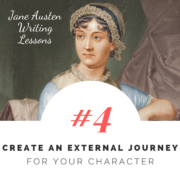
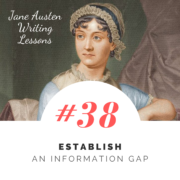
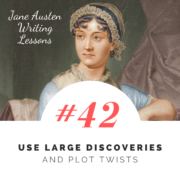
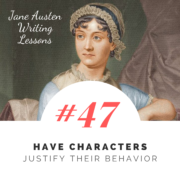


Leave a Reply
Want to join the discussion?Feel free to contribute!